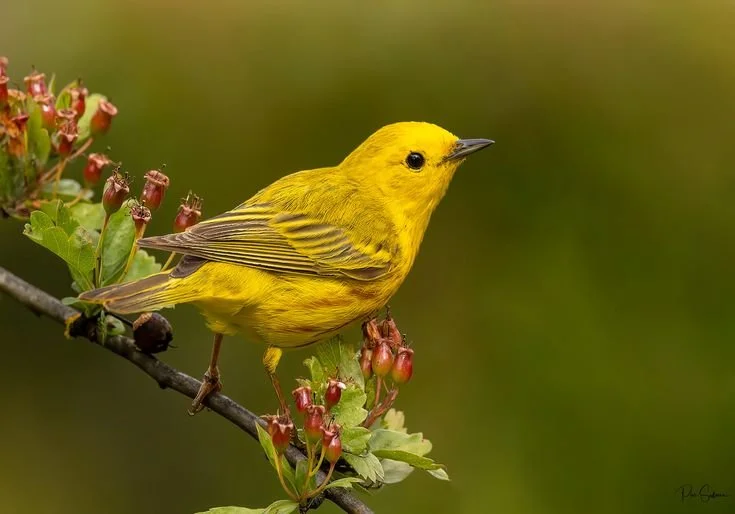Albertine Rift Endemic Birds: Discover Uganda’s Rare Avian Treasures
The Albertine Rift, a biodiversity hotspot in western Uganda, is home to some of Albertine Rift Endemic Birds and Africa’s most unique bird species. Many of these birds are endemic or near-endemic, meaning they are found almost exclusively in this region. For birdwatchers and nature lovers, exploring Uganda’s Bwindi Impenetrable Forest, Mgahinga Gorilla National Park, Rwenzori Mountains, and Semuliki National Park offers a rare opportunity to spot these elusive avian wonders.
In this guide, we’ll introduce you to the Albertine Rift’s endemic birds, their scientific names, and where you can find them in Uganda’s pristine forests.
Why the Albertine Rift is a Birdwatcher’s Paradise
The Albertine Rift Valley is one of Africa’s most important ecological regions, hosting over 50 endemic bird species. The dense montane forests, wetlands, and high-altitude habitats create a perfect environment for these rare birds.
Uganda’s protected areas, including:
Bwindi Impenetrable National Park
Mgahinga Gorilla National Park
Rwenzori Mountains National Park
Semuliki National Park
...are key birding destinations where you can encounter these exclusive species.
List of Albertine Rift Endemic & Near-Endemic Birds
Here are some of the most remarkable Albertine Rift endemic birds you might encounter in Uganda:
African Green Broadbill
Grauer’s Rush Warbler
Shelley’s Crimsonwing
Stripe-breasted Tit
Regal Sunbird
Rwenzori Turaco
Rwenzori Batis
Dwarf Honeyguide
Willcocks’s Honeyguide
Archer’s Robin-chat
Grauer’s Warbler
Grauer’s Swamp Warbler
Doherty’s Bushshrike
Collared Apalis
Red-faced Woodland Warbler
Grauer’s Akalat
Mountain Yellow Warbler
Top Birding Spots in the Albertine Rift
1. Bwindi Impenetrable National Park
A UNESCO World Heritage Site, Bwindi is famous for gorilla trekking, but it’s also a top birding destination. Look out for:
Shelley’s Crimsonwing (rare and elusive)
African Green Broadbill
Grauer’s Swamp Warbler
2. Rwenzori Mountains National Park
The “Mountains of the Moon” host high-altitude specialists like:
Ruwenzori Turaco (vibrant colors)
Red-faced Woodland Warbler
3. Mgahinga Gorilla National Park
This park, part of the Virunga massif, is home to:
Regal Sunbird
Stripe-breasted Tit
4. Semuliki National Park
A lowland forest with unique species such as:
Dwarf Honeyguide
Willcocks’s Honeyguide
Best Time for Birdwatching in the Albertine Rift
Dry Seasons (June-August & December-February): Easier trekking and clearer views.
Wet Seasons (March-May & September-November): Lush greenery attracts more birds, though trails may be muddy.
Conservation of Albertine Rift Endemics
Many of these birds are threatened by habitat loss due to deforestation and climate change. Conservation efforts in Uganda’s national parks help protect these species. Responsible tourism, such as eco-friendly birding tours, supports these initiatives.
Final Thoughts
The Albertine Rift’s endemic birds are a treasure for birdwatchers worldwide. Whether you’re exploring Bwindi’s dense forests or the Rwenzori’s misty slopes, Uganda offers unparalleled birding experiences.
Plan your birding safari with Kwezi Adventures today and witness these rare species in their natural habitat!

